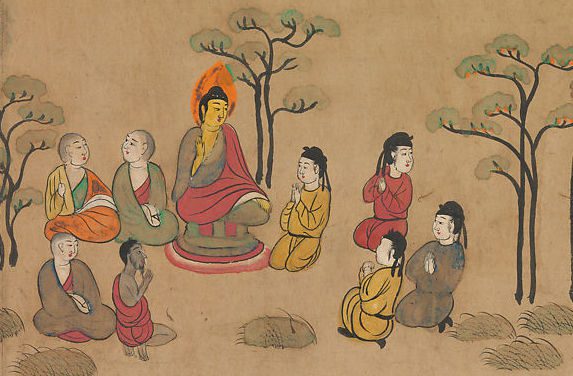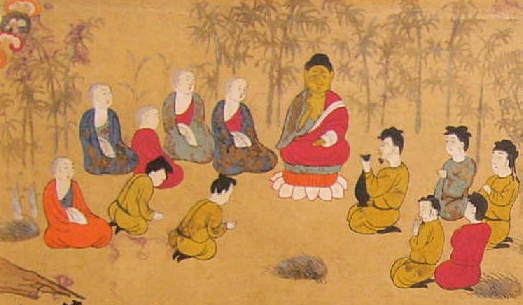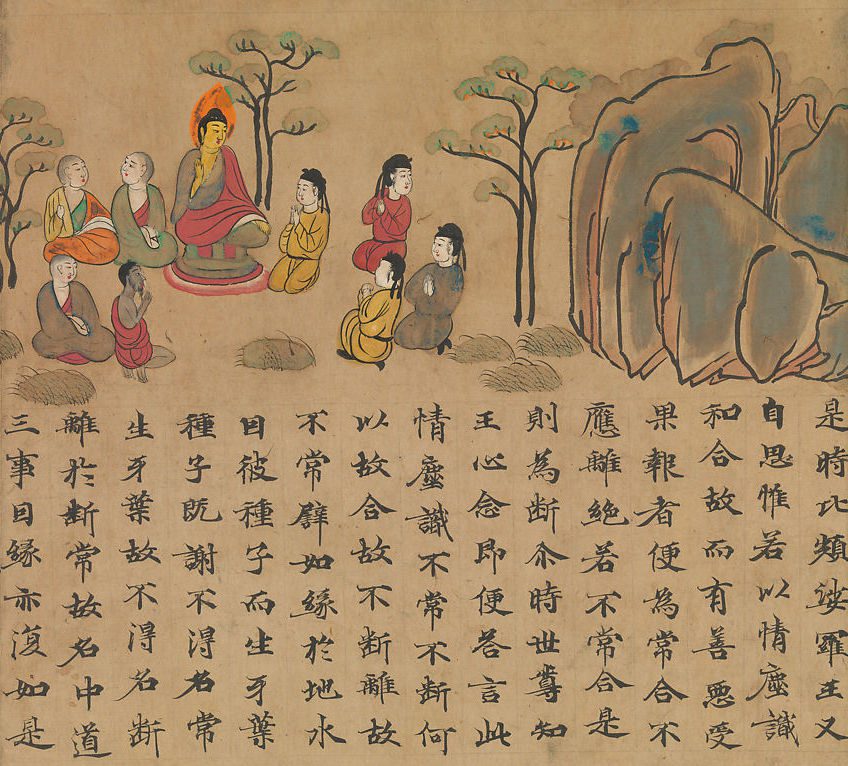Buddhist art in Japan: Nara and eighth-century art of Buddha
Lee Jay Walker
Modern Tokyo Times

The cradle of high culture in Japan belongs to the Nara Period. This period of Japanese history concerns the overwhelming majority of the eighth century. In time, Kyoto would become more famous internationally. However, Kyoto flows from the cultural legacy of Nara and how this period of history firmly entrenched Buddhism within the body politic of Japan.
Nara dynamics in this period of history relate to the increased role of art, Buddhism, culture, literature, poetry, and other important areas of high culture. Buddhism in Japan – and all the above – pre-date the Nara Period. Yet, the ruling elites in this period of history would firmly entrench high culture and religion within the body politic of society to a greater level. Therefore, Buddhism became entrenched in the system of Japan when Emperor Shōmu established the system of Buddhist provincial temples in 741.

Emperor Shōmu entailed that Buddhism was the powerful “guardian of the state.” Hence, the adorable images of Buddhism and art – along with amazing Buddhist temples – in the eighth century owe themselves to the rule of Emperor Shōmu and his continuing influence on society after he parted from this world.
The Met Museum says (top image and image and writing below), “The sutra to which this section of text and images once belonged narrates the life of the historical Buddha, known in Japanese as Shaka and in Sanskrit as Shakyamuni. Here the Buddha has already achieved enlightenment, demonstrated by the halo (mandorla) framing his head. He is preaching a message to King Bimbisara (558–491 B.C.), who became emperor of the Magadha Empire, in northern India, and an ardent supporter of Buddhist teachings.”

The influence of China and Korea on this period of Japanese history – and the legacy of Buddhism in India and Nepal that traveled this eastern route – is clearly visible. In time, the sword of Islam would cut down the Buddhist tree of life in Afghanistan, parts of Central Asia, and modern-day Pakistan concerning countless Islamic invasions. Therefore, Nara – and other holy Buddhist cities in Japan (Koyasan and others) – provide a glimpse into a world that no longer exists in several parts of Asia.
Tourists continue to flock to Nara because of the legacy of Buddhism and high culture. Places of attraction (irrespective of religious or secular) include Kasugayama Primeval Forest, Gango-ji, Heijo Palace, Kasuga Shrine, Kofuku-ji, Saidai-ji, Todai-ji, Toshodai-ji, Yakushi-ji, and many other noteworthy places.

PLEASE DONATE TO HELP MODERN TOKYO TIMES
Modern Tokyo News is part of the Modern Tokyo Times group
DONATIONS to SUPPORT MODERN TOKYO TIMES – please pay PayPal and DONATE to sawakoart@gmail.com
http://moderntokyotimes.com Modern Tokyo Times – International News and Japan News
http://sawakoart.com – Sawako Utsumi personal website and Modern Tokyo Times artist
https://moderntokyonews.com Modern Tokyo News – Tokyo News and International News
PLEASE JOIN ON TWITTER
https://twitter.com/MTT_News Modern Tokyo Times
PLEASE JOIN ON FACEBOOK